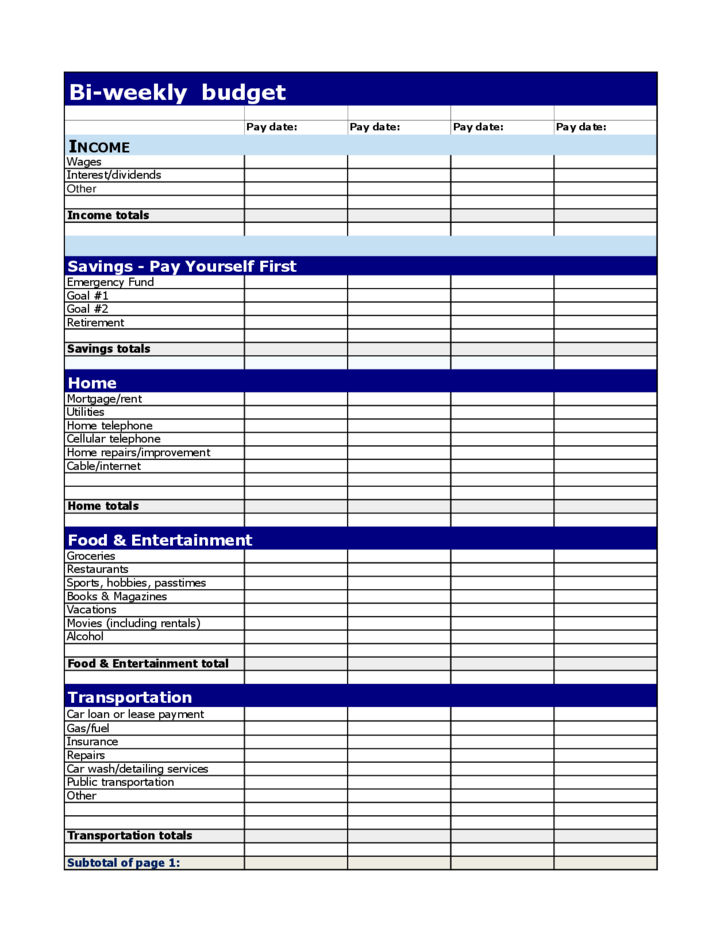

Since biweekly means once every two weeks, you simply need to take the number of weeks there are in 2019 - 52 - and divide that number by two. There will be 26 biweekly pay periods in 2019. Your decision might vary depending on the size of your HR team, whether you can find a payroll provider with fair payroll fees, and whether your employees are salaried or hourly workers.

Ultimately, it's critical you consider what your competitors are doing, and what makes the most sense for your employees, when choosing a pay period. If your industry operates on contract work, where projects can stall for periods of time, employees might appreciate weekly pay for a sense of security.Your employees might want to get paid every week, so they have more consistent money coming into their accounts.Your payroll provider might charge your business for each payroll run, which results in higher annual fees than if you opt for semimonthly.If you use biweekly pay, your business must be prepared for the months with three paychecks, and budget accordingly to ensure the payroll account has enough money for those extra expenses.It likely makes your employees happier than operating on a monthly schedule, which requires employees to budget for a longer period of time.With a semimonthly pay period, the days of the week will vary, with an employee potentially receiving a paycheck on a Monday, and then a Wednesday. A biweekly system is more consistent for employees - for instance, an employee can expect to receive a paycheck on every other Friday.Employees receive more pay checks during the year than semimonthly, even if those paychecks are slightly lower than they would be on a semimonthly schedule.Your HR team needs to process payroll once every two weeks, which can reduce the likelihood of payroll errors and time spent on payroll processing, in comparison to weekly pay periods.This might sound simple, but that means for two months out of the year, you'll have three pay periods instead of two. Once you start the year, you'll pay your employees once every two weeks. It's only important you pay once every two weeks. Take a look at the following calendar for the months of January and February, 2019:Īs you can see, it doesn't matter which day of the month you pay your employees - you can pay them on the 4th one month, and then the 1st another. What Is Biweekly Pay?īiweekly pay means you pay your employees once every two weeks, on a set day you choose.įor instance, let's say you choose to pay your employees once every two weeks, on Friday. If you're wondering which pay period option is best to implement at your company - or if you're just curious what biweekly pay entails - keep reading. Additionally, your employees will be happy to be paid more often (as opposed to monthly or semimonthly). Biweekly can be helpful if most of your employees are hourly workers. Because payday occurs once every two weeks, some months will have three paychecks. Biweekly pay means you pay your employees on a set day once every two weeks, resulting in 26 paychecks per year. Biweekly is the most common option for a business's pay period in the U.S.


 0 kommentar(er)
0 kommentar(er)
